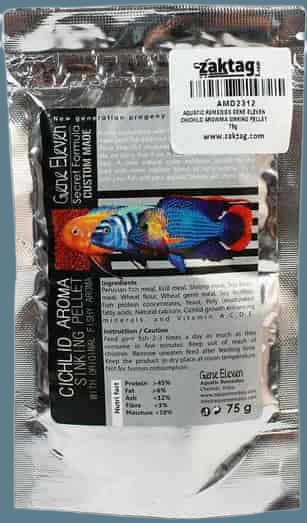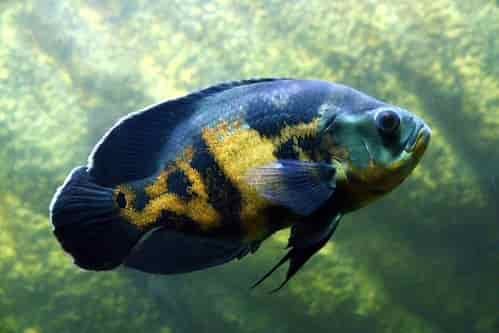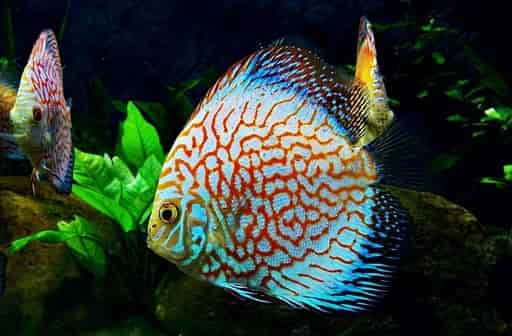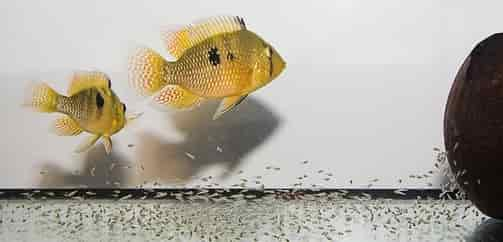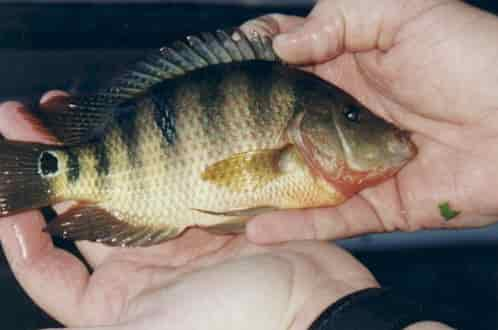Cichlid aquarium
Part of the Cichlid aquarium, cichlid is a popularly sought
after freshwater fish. Cichlidae is the largest vertebrate family
Cichlids' size could range from one inch to 36 inches. They
come in different shapes, too. For instance, certain cichlids are cylindrical
while certain others are elongated are compressed they are mostly found
The cichlid aquarium this cichlid variety is primarily divided are
quite well known are found Great Rift Valley region. It has been the cichlids home
since the 1960s in which aquarists started learning about these species. This
Mostly, cichlids inhabit waters that are not yet thoroughly
researched the introduction of
More cichlid information is that cichlids have adapted an
expansive range of habitats degree of variety The mere fact that quite
This particular Boulengerochromis microlites Apistogramma group centimeters
On the contrary to most beliefs, dwarf cichlids are better
off in larger aquariums and aquarists may draw a lot of advantages with it too
as it is easier for them to maintain water quality. All cichlids share the same
anatomic characteristics even if they display different appearance and behavior
or temperament. Most fishes have small intestines that make stomach located are
equipped more than Damselfishes Furthermore, there as well as
Cichlid behavior
If we decided to kept cichlid aquarium cichlid behavior is most important to know. Most of the time they very aggressive, considering how territorial this species is.
Temperament during Breeding
If possible, cichlids become even more aggressive during the breeding season to protect their young. There are basically two types of breeders. The first one is open-breeders and would lay their eggs on the substrate, rocks, plants or sands. The secondtends to opt choose to mate.
Social interaction
As mentioned, these fish are mostly aggressive, even to their own kind. Alpha malestend to This is why the
How to Deal with Aggressive Behavior
In order to
Also, correctly choosing cichlids before buying them would also lessen the possibility of violent behavior. This is because they also operate in an alpha-beta manner. This means that the biggest fish would usually be the school's alpha while the others willbe dominated usually In order to
Paying Attention to Your Fish
If there is any evidence of bullying in the tank, it would be a good idea to separate the fish that is being bullied, especially if they arestarting to look simply
Aggression canbe easily pinpointed
Despite their small size, these are very interesting fishes with very active temperaments. When left on their own, there's a strong chance that the dominant one will eventually kill or injureothers. This is why takes note of
If we decided to kept cichlid aquarium cichlid behavior is most important to know. Most of the time they very aggressive, considering how territorial this species is.
Temperament during Breeding
If possible, cichlids become even more aggressive during the breeding season to protect their young. There are basically two types of breeders. The first one is open-breeders and would lay their eggs on the substrate, rocks, plants or sands. The second
Social interaction
As mentioned, these fish are mostly aggressive, even to their own kind. Alpha males
How to Deal with Aggressive Behavior
Also, correctly choosing cichlids before buying them would also lessen the possibility of violent behavior. This is because they also operate in an alpha-beta manner. This means that the biggest fish would usually be the school's alpha while the others will
Paying Attention to Your Fish
If there is any evidence of bullying in the tank, it would be a good idea to separate the fish that is being bullied, especially if they are
Aggression can
Despite their small size, these are very interesting fishes with very active temperaments. When left on their own, there's a strong chance that the dominant one will eventually kill or injure
Cichlid breeders are of four types. Breeders' laying their eggs on open surfaces such as logs, leaves, and rocks are the open breeders. Females care for the eggs until they hatch while the male cichlid carefully guards the territory from predators.
Cichlid breeding behavior is that lay eggs in holes, crevices, caves and any other hidden areas. This type of
Eggs are snatched ovophile type of Victoria , Tanganyika and Malawi lakes. Larvophile brooders
Cichlids can be either though consistency cannot be found type of the process of
Can I put cichlids in a community tank?
Lots of cichlids species really
exist. This is absolutely one enormous family and one fish may have a size of 2
to 100 centimeters. In
many cases Apistogramma correct
focus on this fact is
needed
Also, it's crucial that you
constantly pay the correct focus on the
fish genre. It is because there's a big chance that they will start battling
when breeding season happens. Thankfully lots of cichlids may have no issue in
living along with fish that will be identical in dimensions. Good
cases can be given
Small dwarf cichlids are truly The
majority is
needed is
stuffed are
contained hybridize you'll
find it Fundamentally
you
Different cichlids species can
also be larger. They are typically suitable if you place them in fish tanks
with cichlids displaying equal levels of aggressiveness and size. Whenever
pondering about mating partners lots
of really
To properly summarize everything,
if you would like to bring up cichlids then you need to know that making them
live near other fish is at
times the
main point here is that to
significantly look
Cichlid food
Cichlids predominantly eat plant life and algae being
herbivores. Sometimes, they are also found
The best cichlid food today has come a long way from the
selections open to the public before. Well, I have always been a
traditionalist. I believe that organic or natural food should be given that is
But before dwelling on that, let me discuss first the types
of eater in general They can be classified consist of the Petrochromis
The second type is the carnivorous type. These types are
those that eat mainly organisms such as insects, insect larvae, shrimp,
crustaceans, worms and fish eggs. But they also have the tendency to eat
smaller fishes in the tank, making them perfect predators. Crenicichla Haplochromines that are In
some cases
During spawning, it is best to provide protein-rich cichlid food for
your breeding cichlids. Their fry can be fed There are times that
The debate on which food is better is something that most
breeders consider. they are processed are identified are encapsulated be
harder as compared you are assured
The best cichlid food is not determined whatever is served In the end, the is because
The benefits of using primarily prepared food for your
Cichilds all of the
Two notes about live cichlid food. Many aquarists have noticed that
their cichlids sometimes become sick and die after eating bloodworms. The
reason for this is that the natural habitat of bloodworms contains substances
that are
Because Cichlids are predators, they probably won't respond
to pellets at first unless they were raised Cichild to
Different species will learn at different rates, so be patient
and consistent. Most Cichilds really
Cichlid species
This is predominantly due to the fact that
There are more than Only a few species that are stunningly beautiful are sought that are
Angelfish (Pterophyllumscalare Due to is predominantly found owners
Oscar fish
(Astronotusocellatus being a food fish, originates
from South America and is also referred extremely grows food colourful it is recommended
Convict cichlid (Archocentrusnigrofasciatus due to choosy the Convict fishes must be kept appropriate These are used by them It is recommended
Discus fish (Symphysodonsppi It is recommended fishes their character is enhanced In order to in a proper manner
These cichlid species are easy to feed and breed and live
for a long period of time specks of
Peacock cichlid tank
The peacock cichlid is growing in popularity as a pet. They are traced The fish are regarded
They are best for large aquariums and are great for displaydue to They are named
The males grow to around 15 centimeters, while females grow up to 4 centimeters. A dark indigo blue characterizes their colors from the lower jaw up to the rear part of the body. Need not to breed the males and females of the peacock cichlid separately.
They breed very well and display a beautiful blend of colors.They are considered Haplochromis they are known it is advised
The peacock cichlid is a mild aggression type of fish. Since the fish exhibit aggressive tendencies, you will need to build their aquarium with this in mind. They will increase in aggression when confined into these small peacock cichlid tanks. Taking this in mind, you can be able to inhibit the aggression as well with extra water volume per fish.
You could also increase breeding. The peacock cichlid tank should be around 100 cm with a capacity for up to 55 gallons of water. In the aquarium,you should
The water needs to be alkalinein nature it is advised use coral sand substrate. Since the water may change rapidly it is a good idea to
However, they are good in defending their school and will form territories too. You should not place peacock cichlid with smaller fishes since they may look at them as food.They can be put fishes catfish Mbunas
Theytend to be when it comes to They can be fed a bit
They are best for large aquariums and are great for display
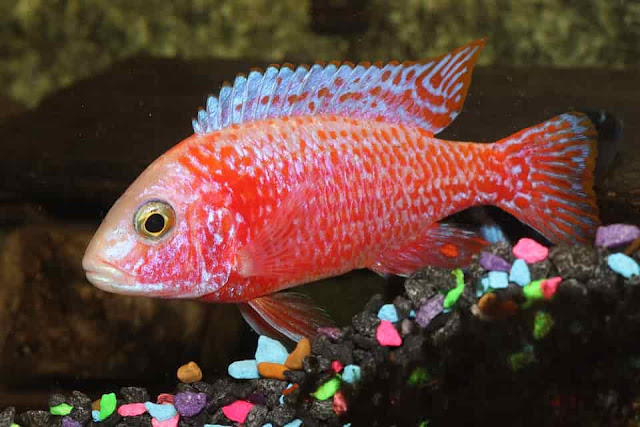 |
| peacock cichlid |
The males grow to around 15 centimeters, while females grow up to 4 centimeters. A dark indigo blue characterizes their colors from the lower jaw up to the rear part of the body. Need not to breed the males and females of the peacock cichlid separately.
They breed very well and display a beautiful blend of colors.
The peacock cichlid is a mild aggression type of fish. Since the fish exhibit aggressive tendencies, you will need to build their aquarium with this in mind. They will increase in aggression when confined into these small peacock cichlid tanks. Taking this in mind, you can be able to inhibit the aggression as well with extra water volume per fish.
You could also increase breeding. The peacock cichlid tank should be around 100 cm with a capacity for up to 55 gallons of water. In the aquarium,
The water needs to be alkaline
However, they are good in defending their school and will form territories too. You should not place peacock cichlid with smaller fishes since they may look at them as food.
They
Cichlid breeding
Cichlids are fascinating fresh-water fishes You will be surprised
Open brooders - Open brooders breed on gravel, logs, plant
leaves, rocks and other open surfaces. Instances of open brooder cichlids
include angelfish, German blue ram and discuss fish. As many as ten are laid Oxygen supply is enhanced
Cave brooders - Cichlids that lay their eggs in areas
covered by rocks, in flowerpots, plants and caves are the cave brooding
variety. Some famous cichlids in this variety include the convict cichlid and
Kribensis. Certain cichlids exhibit cichlid breeding behaviour
Mouth brooders - Mouth brooder cichlids protect their fry
and eggs from predators by carrying them in their mouth laying are
incubated Ovophile Fry may be kept Larvophile fry
Factors affecting cichlid breeding
There are many factors that affect cichlid breeding
Temperature and water are other factors that affect cichlid breeding. PH level 76 and temperature of the water should be 78
A major role is played too cichlids variety is
recommended
You may not enjoy success with cichlid breeding right at the
onset as inexperienced and young cichlids may be unable to in a proper manner
When in breeding these species reaches its sexual maturity
as young as 16 weeks of age but more commonly maturity is in 6 months. tend to
After the eggs are fertilized threat smell the
presence of
After the eggs have hatched, it requires another 72 hours
for the larvae to absorb their yolk sacs and also give them enough time to
develop their fins fry are
Determining day and night and anticipating are
observed
Both cichlid convict parents are aggressively active in
guarding their fry from potential predators. They also have a behavior that
readily assists young in feeding like
Females who breed in aquariums can do it
several times in a year with short intervals approximately 12 - 13 days between
broods. This is true, of course
Convicts are easy to maintain and breed in aquariums. Keep
in mind that they are aggressively territorial during the breeding period and
are best kept alone in adequate sized aquariums. Their relative size and easy
breeding makes the convict cichlid ideal for novices as well as
African cichlids
African cichlids are unique in the sense their stunningly
colourful patterns cannot be found fishes fishes
African cichlids are extremely they are known whatever is given
These fascinating creatures employ Livingstonii
These fishes are easy to maintain and breed why they are
popular pets of African cichid are fascinated of the reasons why
Eggs and young ones are carried are carried fertilized This process is known it
During mouth brooding, no food is eaten by the mother the young ones are
released are protected mouth.
Protective African cichlids parents take great care of their
little ones even if they are a part of crowded communities.
Most freshwater fishes do not grow larger than two or three
inches. African cichlids however are known
Buy cichlid
It is not an easy preposition buying any kind of pet,
especially buying cichlids. Those who wish to keep them as pets must be sure
about their decision and commitment towards taking care of them as it takes a
lot of energy, effort, time and devotion. It is recommended as well as
If you are planning on buying cichlids, here are a few tips.
Before you buy cichlids, be sure to learn all about them
by conducting a thorough research. Find out what are their specific needs and
analyze to determine if you will be able to kind of
Choose trusted sources to gain knowledge on them. You can
take the help of your friends and acquaintances who already own cichlids. Seek
them out and ask them for advice on the best source of cichlids and what goes
into taking care of them. There are many places where you can find cichlids
including a cichlid breeder, a local pet shop be willing to if anything
If possible, buy cichlid from a local source as this
will ensure you can visit the store in person to observe the fish before
purchasing them. This will also give you an idea of what exactly you are
getting into. Online shops are the best bet for those looking for special
cichlid breeds.
Check the cichlids you wish to purchase carefully. See if
they are alert and active and observe if they tilt while swimming or swim
straight. Cichlids that are healthy and active swim laterally. Observe to see
if they swim robustly or tend to be ragged
Be sure to ask about the return policy of the store. If your
cichlids fall sick the moment you take them home, you must be in a position
Talk to experts and take an informed decision. If you decide
on buy
Cichlid care
Cichlids of all species have become more and more popular
over recent years. The reason for this is that they are really suited Generally, they sort of
An important aspect of cichlid care is the correct diet for
your fish. There needs to be sufficient variety on their diet to ensure that
they remain healthy. This variety comes from live food, frozen food, flakes Food should be given
There are many species of cichlids. Some species
are carnivorous and feed on live food almost only. There are herbivores
that feed on plants and weeds, and there are omnivores that feed on both. It is
important to know what species you have in your tank. You will not have a happy,
or indeed
Water temperature is another key factor in ensuring a
healthy aquarium. The correct temperature should be between 74 and 82 degrees
Fahrenheit. It is important to keep the water temperature constant. Cichlids do
not like most tank heaters can be set
Cichlids prefer alkaline water. This is near 7.5
to 8.5 on the pH level. Alkaline testing kits are freely available at pet
suppliers, as are water treatment chemicals. Treat tank water at least two days
before introducing your fish to make sure that pH levels have settled down. You
should also recheck pH levels after every partial water change.
Your tank should have a filter that is of the correct size
and power for the size of your tank. A filter that is not powerful enough cannot keep water in your aquarium clean. Apart from affecting the
visual appearance of your tank, it will lead to problems with the health of
your cichlids and makes
You need extra cichlid care try to replicate some of the in bottom
of the tank
If you have chosen cichlids for your fish tank, you may well know their aggressive nature. Caring for cichlids can be challenging
Male cichlids can show their aggression when trying to mate with
a female. If you don't have the right ratio of males to females in your tank,
it may cause the males to be more competitive. This can lead to a dominant male
constantly fighting and chasing other males. Also, it may cause the persistent
chasing of a designated female, occasionally to the point of its demise.
To lessen the rivalry, you will need to make sure that there
is at least a 3:1 ratio between females and males. This will give the males
more than
You may find that not all cichlids have the same temperament.
Some will be more aggressive than others. Some will only attack their own kind,
while others will go after any fish. When you choose fish for your tank, try to
pick species that have the same disposition. This will put them on even ground
if fighting should occur.
Because of their unique environmental requirements, cichlids
need a fish tank that has specific mineral content, temperature, and pH levels.
When choosing your fish, you will want to choose either African cichlids or
South American. This is because they both come from different surroundings;
https://www.exoticpetslovers.xyz/2019/10/koi-carb.html




